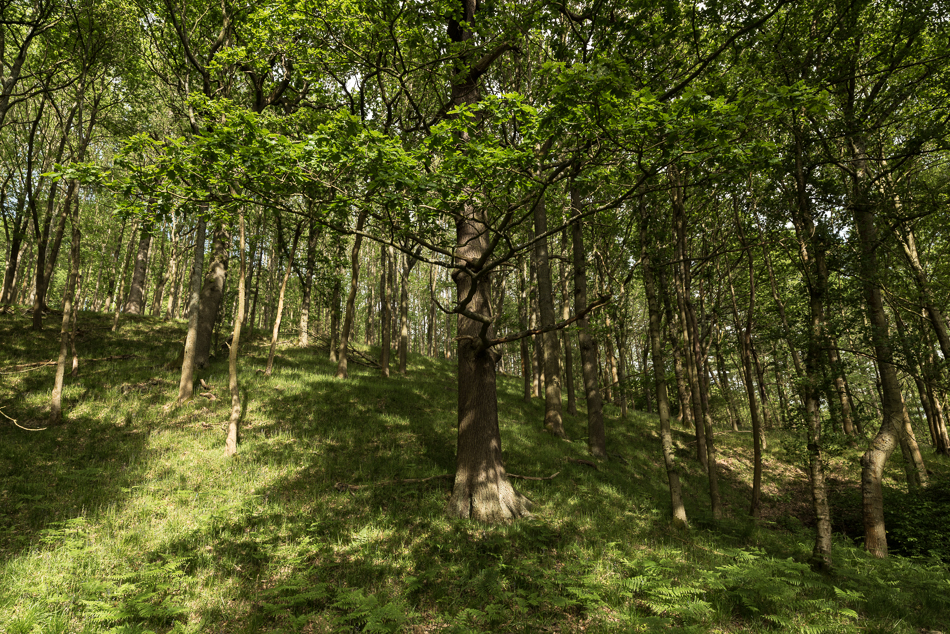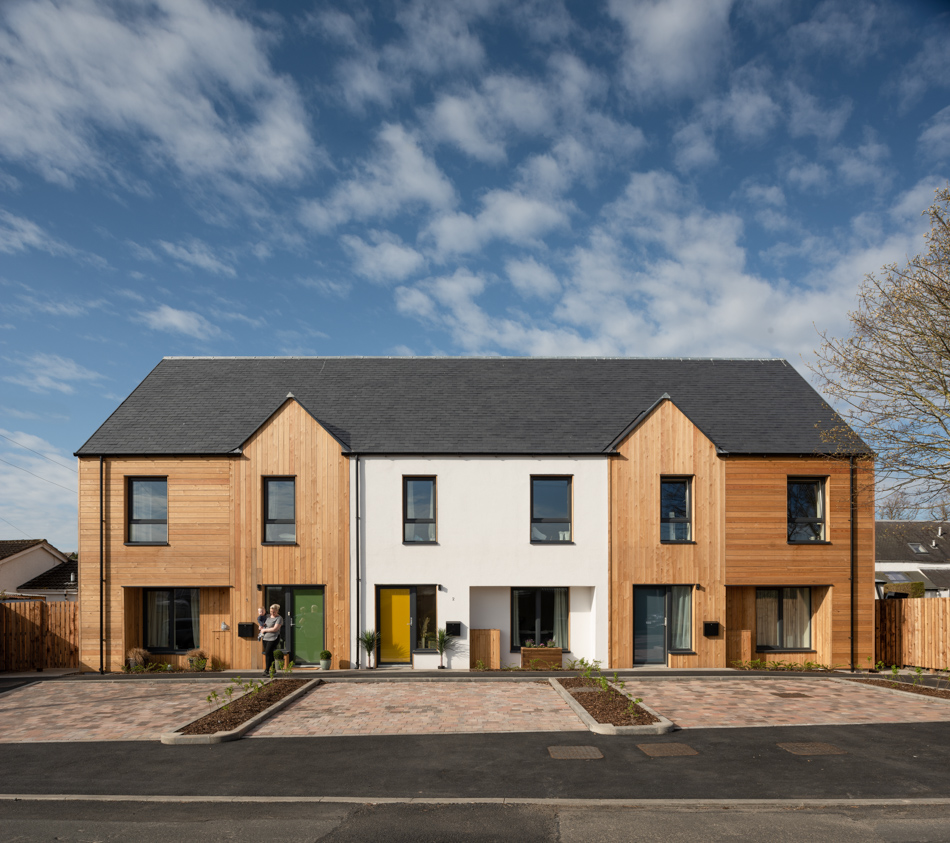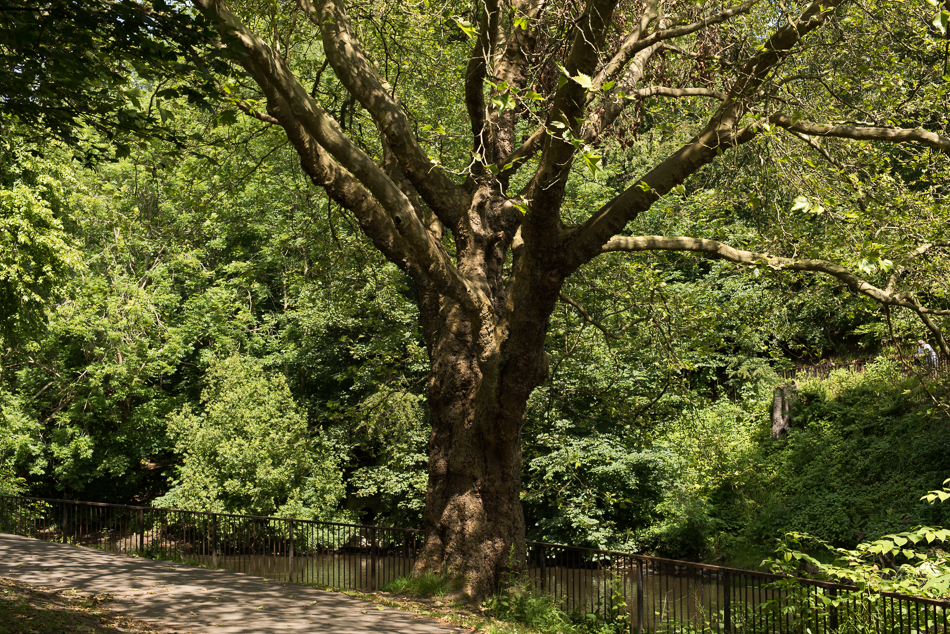Climate, economy protection, and passivhouses
‘We have to hope this virus helps us to move forward fighting climate change and other bigger challenges rather than taking us back’ – Lauri Myllyvirta ( Centre for Research on Energy and Clean Air)

I’ve been wanting to put some thoughts down on paper and the above quote captures some of my thinking. With everyday bringing a fresh wave of concern, and the pandemic ripping up life as we know it, many of us have tried to make sense of the scale of this tragedy by slowing down and reflecting on where we are at in our own lives and in society. It’s hard to grasp the enormity of the repercussions from this virus, and many people are finding some positivity through new patterns of behaviour – realising what matters to them and how we can all benefit from rethinking how we go about our daily lives.
There’s a growing realisation that the reaction to this pandemic will have a damaging impact on economies around the world, and the UK will undoubtedly face insecurities in its recovery. In fighting this pandemic, we have collectively and urgently shifted our behaviour, adopted new resilience mechanisms and of course had to make hard choices. If we can respond like this to a health crisis, surely we can make the changes required for our environment? As the pandemic recedes, we must act now to grasp a fresh impetus and a new start in moving forward to fight climate change, and live more harmoniously on this planet.
Over the last decade CO2 emissions and energy demands have continued to rise at a rate which overshadows the growth in renewable energy, and stabilising temperature rises looks increasingly difficult. We have to make big changes quick. The fallout and threats faced by climate change and pollution are sometimes seen as invisible as they occur over a prolonged period of time, although the reality is most corners of the world are in serious trouble, and we need to act quicker, changing our behaviour and dramatically altering our lifestyles.

Buildings and construction are some of the largest emitters of CO2. Well designed, new build housing, and the upgrading of existing buildings can help mitigate this problem. Recently I’ve been working with John Gilbert Architects in photographing some Passivhaus homes in St Boswells, where their collaboration into a prototype house with contractor Stewart and Shields has developed into a viable, and forward thinking option for housing associations and social housing providers. Housing has a huge role to play in moving the UK towards being carbon neutral, and these individual houses offer tenants affordable energy bills, comfort and well being, in addition to reducing harmful levels of emissions with energy consumption reduced by approx 75% from traditional housing types.
As we begin to figure out how to move forward and restart economies, we must look beyond a return to ‘normality’. There is a huge opportunity to reshape things as we emerge from this nightmare scenario, and protection of the environment needs to be placed at the forefront of our recovery. The obsession with ever increasing economic growth does not sit well with meeting targets for avoiding the worst effects of climate change, and priorities need to shift to adapt to a more sustainable system; one that limits the use of fossil fuels and constant consumption. Make things last longer; recycle, and repair more; avoid flying and reclaim streets; reassess farming and fashion industries, and build with respect for local materials, retrofitting and reducing energy use whilst embracing renewable sources, to list some catalysts in making the change we need.
Nature has been central to many people’s experiences in surviving this lockdown, a walk in the woods, and the onset of spring enhanced by quiet streets and clean air, has been one of the things I’ve enjoyed recently. Hopefully what we value in nature will be protected and as we start up the engines of the economy again, we need to take every available opportunity to lessen the impact of climate change, and empower a green revolution at the heart of all we do.



